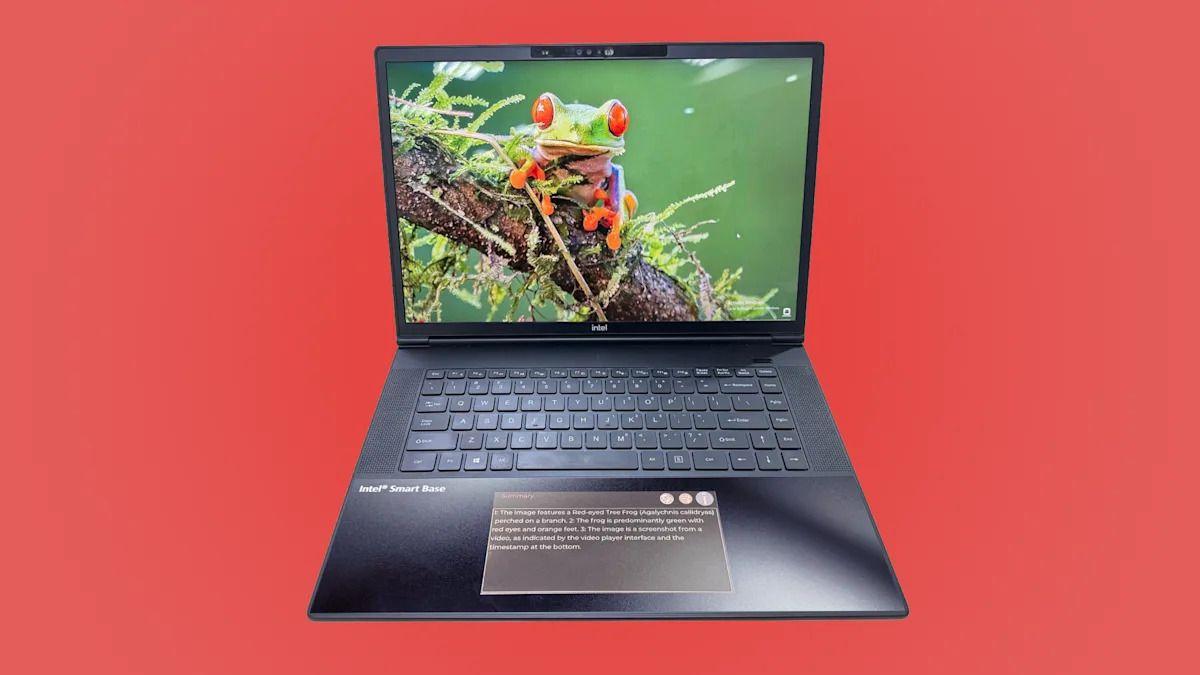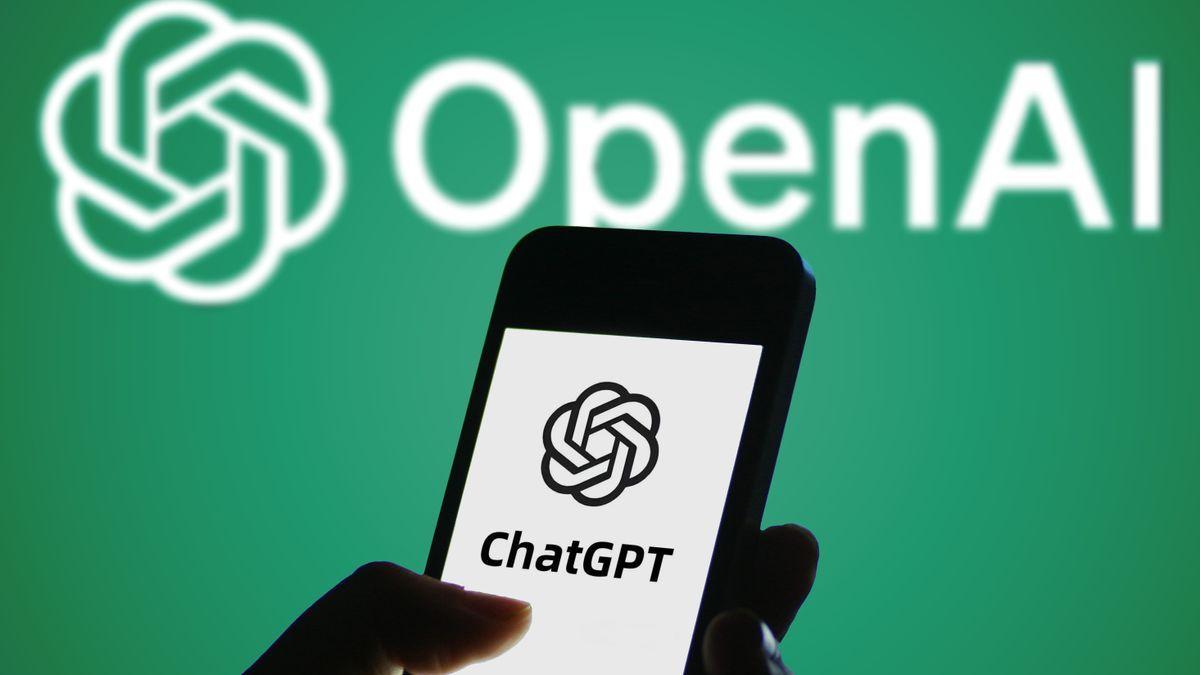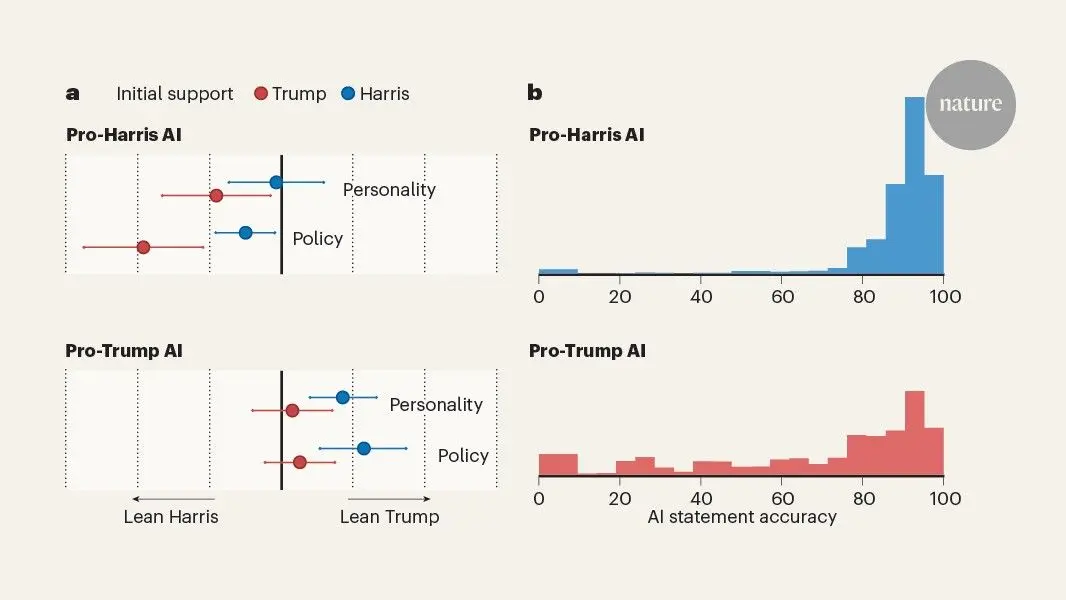E Ink Unveils AI-Powered Color ePaper Touchpad for Laptops
3 Sources
3 Sources
[1]
E Ink is turning the laptop touchpad into an e-reader for AI apps
Andrew Liszewski is a senior reporter who's been covering and reviewing the latest gadgets and tech since 2006, but has loved all things electronic since he was a kid. E Ink has developed a new touchpad for laptops featuring the same electronic paper technology found in e-readers. It's not the first company to look at the ever-growing size of laptop touchpads and see the potential of additional functionality, but instead of serving as a second smaller screen for the computer's OS, E Ink is positioning its touchpad as a dedicated home for AI applications and assistants. A mockup image shared by the company features a laptop with a touchpad upgraded with a color E Ink screen similar to what's in use by devices like the Amazon Kindle Colorsoft. Instead of it being an extension of a laptop's main screen, E Ink envisions its new touchpad as being a separate place where AI-generated text summaries could appear under your hands while working on a document, or you could maintain a constant conversation with an AI chatbot without having to juggle desktop windows. The idea is reminiscent of laptops that companies like Asus have already released featuring upgraded touchpads that double as secondary displays, but they typically feature smartphone-sized LCD screens that are often too small to effectively use applications designed for larger computer screens. A full color screen under your hands can also be a distraction and potentially reduce a laptop's battery life. The use of E Ink screens has expanded outside e-readers to include colorful signage and digital notepads, but the technology is still best suited to displaying text. Similar to Apple's now discontinued Touch Bar, E Ink also says the touchpad display could provide quick access to frequently used shortcuts, display notifications or the weather, or provide temporary playback controls without having to sacrifice a laptop keyboard's row of function keys. It would also help reduce battery anxiety, because unlike LCD or OLED panels, E Ink's display technology only consumes power when it's being updated. That's a big benefit given the higher demands of AI tools on a laptop's battery life. What's not currently known are more in-depth technical specifications. Aside from the touchpad potentially using color e-paper displays, E Ink hasn't revealed if it will adapt one of its current panels, or if it's developed an entirely new one with increased resolutions. Today's announcement specifically references compatibility with Intel-based AI PCs, but E Ink didn't go into details about whether the touchpad display would be powered by a laptop's primary OS, or if it would feature its own. The company also didn't provide a timeline for when these touchpads might start showing up in laptops or which hardware makers may be interested.
[2]
Neither AI nor E Ink can make touchscreen trackpads a good idea
E Ink, the company behind the highly readable displays you'll find in ereaders the world over, has created a new touchscreen trackpad for some reason. And rather than act as an extension of your laptop's screen, E Ink thinks it should be a dedicated home for AI interactions. The new touchscreen trackpad appears to use a color E Ink display, not unlike what you'll find on the Kobo Libra Colour or the Kindle Colorsoft, and is supposed to offer the normal swiping, tapping, dragging and clicking functionality of a normal trackpad. When you're not using it like that, E Ink imagines the trackpad offering "second-screen capabilities," like quick access to "frequently used shortcuts and system notifications and GenAI contents like text/image summaries, gaming tactics, or custom AI tasks." E Ink says it leveraged several different Intel technologies to prototype its AI tools, and it specifically designed the trackpad so it's useable even if your laptop is off. Unfortunately, that doesn't make the idea of cramming a touchscreen into a laptop trackpad any less whack. Using an E Ink display is novel, sure, but plenty of attempts have been made to turn the seemingly untapped resource of the trackpad into another place for content, and none of them have caught on. ASUS in particular has taken multiple bites at the apple with its ScreenPad feature, which it first introduced on the ZenBook Pro 15. The ScreenPad could be an extension of your main display, but it also ran simple apps and widgets. E Ink believes one of the advantages of its trackpad is that it'll consume less power than those previous versions, but was anyone worried about a laptop's trackpad affecting its battery life before they also had to be screens? Putting a display in a trackpad isn't going to be the reason anyone upgrades to a premium laptop. Beyond that, it's just not intuitive. You have to both learn to look down to see what's on the trackpad and learn not to cover it, something hands naturally do while using a laptop. If you're not dissuaded, E Ink hasn't actually shared when its trackpad will be available. Given the use of the Intel tech, though, odds are good it shows up in an expensive "AI PC" at some point in the future.
[3]
Color ePaper laptop trackpad doubles down on portable productivity
The ePaper trackpad solution has been "developed through the integration of Intel Smart Base, Intel Innovation Platform Framework, and Intel AI Assistant Builder technologies" If, like me, you use a wireless mouse when working on a laptop, your trackpad probably doesn't see much action. Asus suggested double duty as a second screen back in 2018, and now E Ink is doing the same with some help from Intel. Like the Asus solution, the color ePaper touch panel can serve as a trackpad for moving a cursor around the main display but can also serve up AI-powered applications. And since it only draws power when the display is refreshed, it should be pretty energy efficient when it performs second-screen duties. "With the development tools and reference architecture provided by the Intel® Smart Base ecosystem, we've created ultra-slim, energy-efficient modules optimized for AI PC designs," said E Ink's JM Hung. "These modules enable seamless integration of ePaper displays into laptop touchpad areas - delivering crisp visuals, low power consumption, and a novel interactive experience." It's unclear when (or even if) such modules will be rolled out to laptops in the wild, or any additional costs that might tag onto the ticket price, but E Ink sees it being useful for accessing shortcuts or displaying system notifications, providing AI-generated summaries of text or imagery shown on the main screen, punching up gaming tactics, or just displaying social feeds, weather updates and so on. It could perhaps field chatbot queries and replies, and it might be home to meeting transcripts, as well as a space for note taking or displaying custom artwork - which could remain in view even when the laptop is powered off. The ePaper should also be kinder to the eyes than emissive display technology. And though some E Ink readers and ePaper tablets do have front lighting for continued use after hours, there's no suggestion of such things here so, at the moment at least, users will need decent ambient lighting to clearly see what's being displayed. E Ink hasn't shared exactly what flavor of color ePaper is being used in this productivity solution for laptops, but its most recent display products have been based around Spectra 6 or Kaleido 3. We'll have to wait and see which makes it through to the first laptops.
Share
Share
Copy Link
E Ink, in collaboration with Intel, has developed a new laptop touchpad featuring color ePaper technology, designed to serve as a dedicated space for AI applications and assistants.
E Ink's Innovative Touchpad Design
E Ink, the company renowned for its e-reader displays, has unveiled a groundbreaking touchpad design for laptops that incorporates color electronic paper technology
1
. This innovative approach aims to transform the traditional laptop touchpad into a multifunctional space, with a particular focus on AI applications and assistants.AI Integration and Functionality

Source: The Verge
The new touchpad is envisioned as a dedicated hub for AI-generated content and interactions. E Ink suggests that the touchpad could display AI-generated text summaries while users work on documents, or facilitate ongoing conversations with AI chatbots without the need to switch between windows
1
. This concept leverages the growing size of laptop touchpads to offer additional functionality beyond simple cursor control.Technical Specifications and Power Efficiency
While detailed technical specifications remain undisclosed, the touchpad is expected to feature a color E Ink screen similar to those used in devices like the Amazon Kindle Colorsoft
1
. A key advantage of using E Ink technology is its power efficiency; the display only consumes power when being updated, potentially mitigating the increased battery demands of AI tools on laptops1
.Intel Collaboration and AI PC Compatibility
E Ink has developed this touchpad solution in collaboration with Intel, integrating technologies such as Intel Smart Base, Intel Innovation Platform Framework, and Intel AI Assistant Builder
3
. The announcement specifically mentions compatibility with Intel-based AI PCs, although details about the operating system and power management remain unclear1
.Potential Applications and User Experience

Source: Engadget
Beyond AI interactions, E Ink envisions the touchpad display providing quick access to frequently used shortcuts, system notifications, weather updates, and temporary playback controls
1
. The company also suggests potential applications in gaming, social media feeds, and custom artwork display3
.Related Stories
Challenges and Criticisms
Despite the innovative approach, some critics argue that touchscreen trackpads have not gained widespread adoption in previous attempts
2
. Concerns include the potential for distraction, the need to learn new interaction patterns, and questions about the overall utility of such a feature2
.Future Prospects and Availability
E Ink has not provided a specific timeline for when these touchpads might appear in consumer laptops or which hardware manufacturers may adopt the technology
1
. The success of this innovation will likely depend on user adoption, practical implementation by laptop manufacturers, and the evolving landscape of AI integration in personal computing devices.References
Summarized by
Navi










